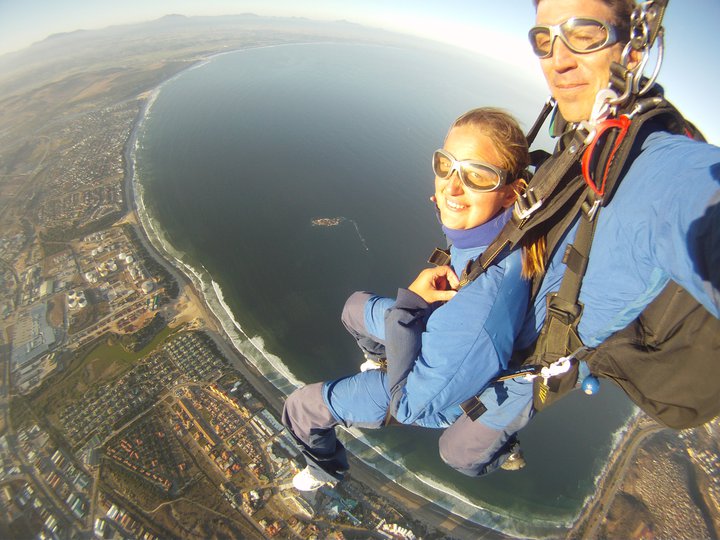 |
| Waves Crashing into Rocks; San Salvador, Bahamas 05.2005 |
I brought the last few minutes of his lecture because I want to research Carcharodan carcharias or Great Whites. Ironically, the timing of his lecture landed on the week of “Shark Week!” You have heard of Expedition Leaders Chris and Monique Fallows, right? In my eyes, they are the “hottest” husband-and-wife team that enthusiastically lives a daily adventure! One of their specialties is to photograph a dramatically display of nature: Great White sharks hurtling through the air as they rocket with great velocity from murky depths to catch seals near the surface. These two researchers are exploiting the Great White sharks breaching patterns near Seal Island. For the last decade Chris Fallows has worked at the most well known Great White Shark sites in South Africa. Initially at Dyer Island & Struis Baai for four and a half years and since then at Seal island, False Bay.
Throughout this period his interest has been twofold, firstly an incredible passion for these magnificent predators that has concentrated his efforts into trying to conserve and protect these poorly understood animals. Chris Fallows mission is to continue on a quest that helps him capture through still photographs the unique behavior that keeps people fascinated by the world’s most revered shark. In my eyes, his drive in this field and to efforts into helping to save these glorious creatures reflects his passion and undying love for these animals. Together with Monique Fallows this couple enjoys all that nature has to offer and hope that in some way their photographs will capture not only your interest, but also your hearts to help conserve and appreciate the ever-dwindling natural environment. I can only hope to one day meet them both in Cape Town, South Africa and discuss a research position on their team. A quick update, this is in the works!

